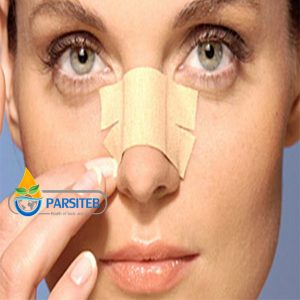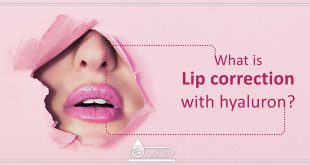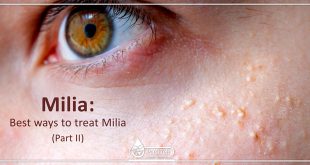Rhinoplasty is a procedure in which the shape of the nose is changed. The reason of nasal cosmetic surgery may be cosmetic deformity, improvement of breathing or both.
The upper part of the nasal structure is bony and the lower part is cartilage. Rhinoplasty can change bone, cartilage, skin, or all of them.
Your surgeon takes into consideration when planning a nasal cosmetic surgery, other features of the face, skin and what you want to change.

Nasal resection surgery is a delicate and complex operation. So, the results cannot be guaranteed. It also has risks like any other surgery.
So before you make a final decision to do this surgery, it is best to talk about your reasons to your surgeon and make sure of your decision.
Why is a nasal surgery performed?
Nose surgery can change the size, shape or ratio of your nose that can affect the beauty of the face.
It may also have medical reasons. For example, to repair anomalies of nose damage, correct congenital defects or improve some respiratory problems.

Risks of Rhinoplasty
Like other surgeries, Rhinoplasty also has many risks and side effects such as:
- Bleeding
- Infection
- Sensitivity to anesthesia
- Not achieve to desired shape and appearance
- Breathing hard through the nose
- Permanent numbness in and around the nose
- Pain, discoloration or swelling that may be permanent
- Wounds
- Perforation of the nasal septum
- Need to have a second surgery

Various cases of Rhinoplasty
Nasal deformities are usually performed with general anesthesia. The surgeon may do any of the following during surgery to achieve the desired appearance:
- By removing part of the cartilage and bone, make the nose smaller (reducing the nasal size).
- Make it larger by removing cartilage from the ear and bone from the hips, elbows or skulls and applying it to the nasal tissue (increasing nasal size).
- Change the shape of the nose by breaking the bone and resetting the cartilage.
- Change the angle between the nose and upper lip.

Recovery period after nasal cosmetic surgery
- You may need two weeks off to recover.
- It may take several months for you to fully see the new form of nasal surgery. Usually up to six months after surgery, all swelling will completely disappear.
- The sutures are usually removed one week after surgery. Unless your sutures are absorbent.
- Bruising, swelling and redness of the nose may disappear for up to three weeks after surgery.

You may also be advised to:
- When you are resting, put the pillow under your head to reduce nasal swelling.
- Avoid hot baths
- Sneeze with your mouth to prevent pressure on the nose.
- Avoid dust and pollution.

- Avoid exercising for four to six weeks.
- You can use painkillers to prescribe pain relief.
Reference: NHS
Collected by: Dr. Sara Bakhshaei
 Parsi Teb Physical and Mental Health Journal
Parsi Teb Physical and Mental Health Journal 



